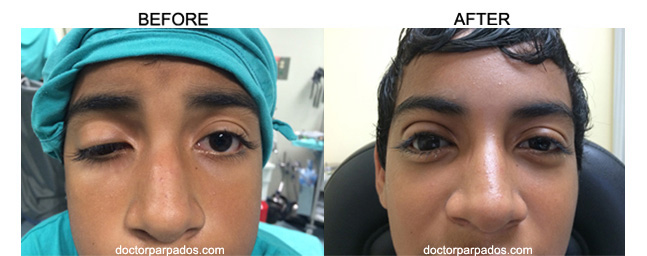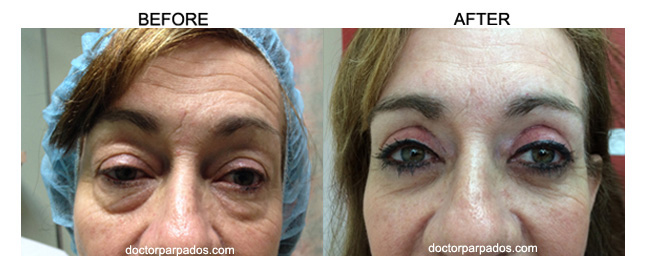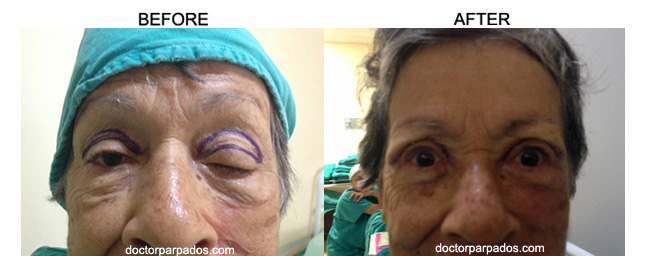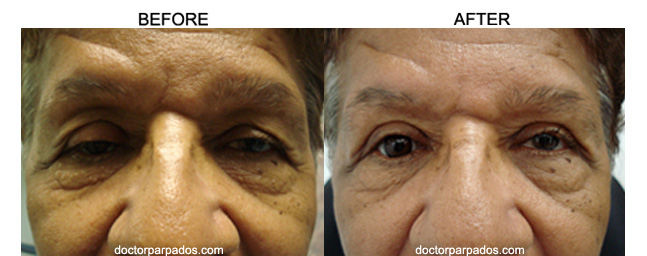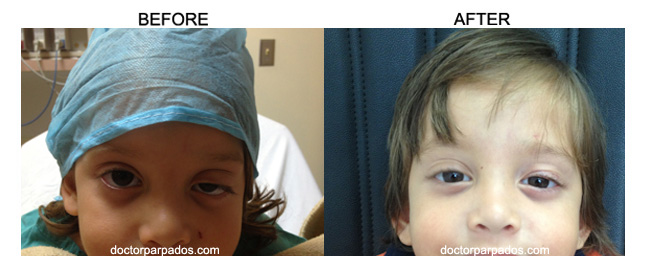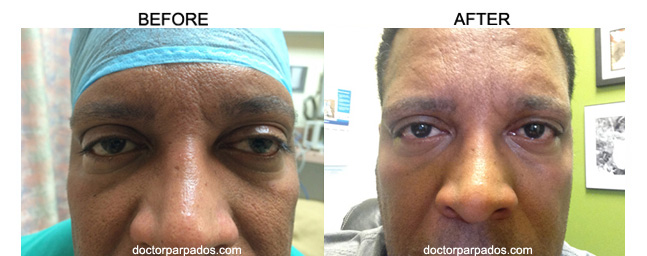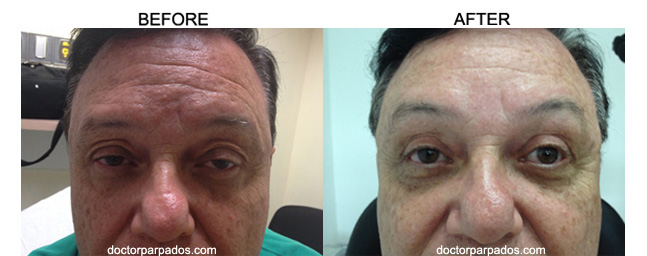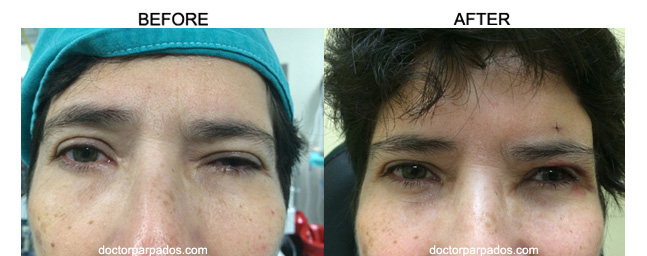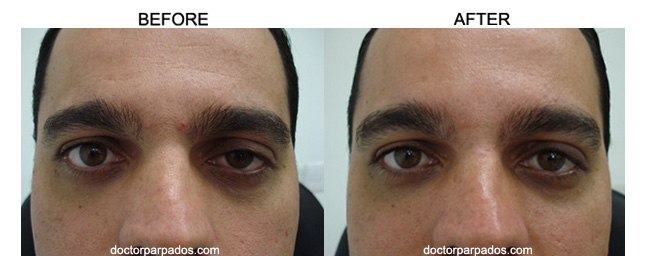Ptosis (Droopy Eyelids)
Ptosis (pronounced toe’ sis), or drooping of the upper eyelid, may occur for several reasons such as: disease, injury, birth defect, previous eye surgery, eyelid rubbing, eyelid manipulation from contact lens use, and age.
Usually ptosis is caused by a weakness of the levator muscle (muscle that raises the lid), a partial detachment of the muscle from the skeleton of the eyelid (the tarsus), or a problem with the nerve that sends messages to the muscle. Patients often have difficulty blinking, which may lead to irritation, infection and eyestrain. Chronic attempts to keep the droopy eyelid open using the forehead muscles and the brows can actually result in a headaches and “dry eye” problems.
Ptosis does not usually improve with time, and nearly always requires corrective surgery. In most cases, surgery is performed to strengthen or tighten the levator muscle and lift the eyelid. If the levator muscle is especially weak, the lid and eyebrow may be lifted. Ptosis surgery and upper eyelid blepharoplasty surgery are the most common reconstructive surgeries performed by Dr. Lin Yang. Lifting of a droopy eyelid is achieved thru an incision of less than an inch and it is often well concealed within the normal eyelid crease. Generally, this procedure is performed in conjunction with upper eyelid blepharoplasty.
Correction of one or both droopy upper eyelids may improve a “sleepy-eyed” appearance, enhance the field of vision, increase light entering the eye and improve overall visual acuity, ameliorate dry eye symptoms in some individuals, and resolve end-of-day “tension” headaches and neck aches in people who chronically raise their eyebrows to see throughout the day.

